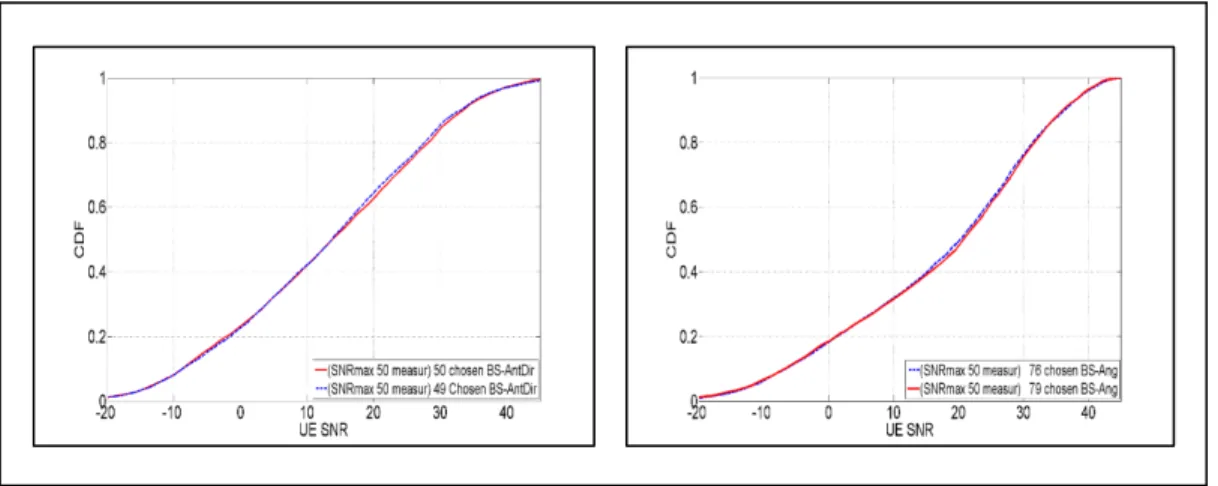2017 — Applied electromagnetic environment cognition to improve a radio communication link
Texte intégral
Figure




Documents relatifs
• Based upon the chain rule [8] and a generalization of the entropy power inequality detailed in [17], lower and upper bounds on noncoherent capacity under peak-power constraint
The subject o f this paper was suggested by Lars Inge Hedberg to whom the author is deeply grateful for generously given
This section aims to establish basic properties for the general p-affine capacity, such as, monotonicity, affine invariance, translation invariance, homogeneity and the continuity
We obtain estimates for large and moderate deviations for the capacity of the range of a random walk on Z d , in dimension d ≥ 5, both in the upward and downward directions..
This paper explores the performances issues of a convoy of vehicles on the road, in order to estimate the capacity of such linear vehicular network.. Among other results, we show
L’archive ouverte pluridisciplinaire HAL, est destinée au dépôt et à la diffusion de documents scientifiques de niveau recherche, publiés ou non, émanant des
This section is dedicated on comparing the analytical results with Monte Carlo simulations and evaluating the effect of channel model parameters, such as frame size and tap delay
Possible ways to reduce this gap may be: (i) apply joint decoding at the receivers, (ii) develop block Markov schemes instead of taking inspiration by the linear





